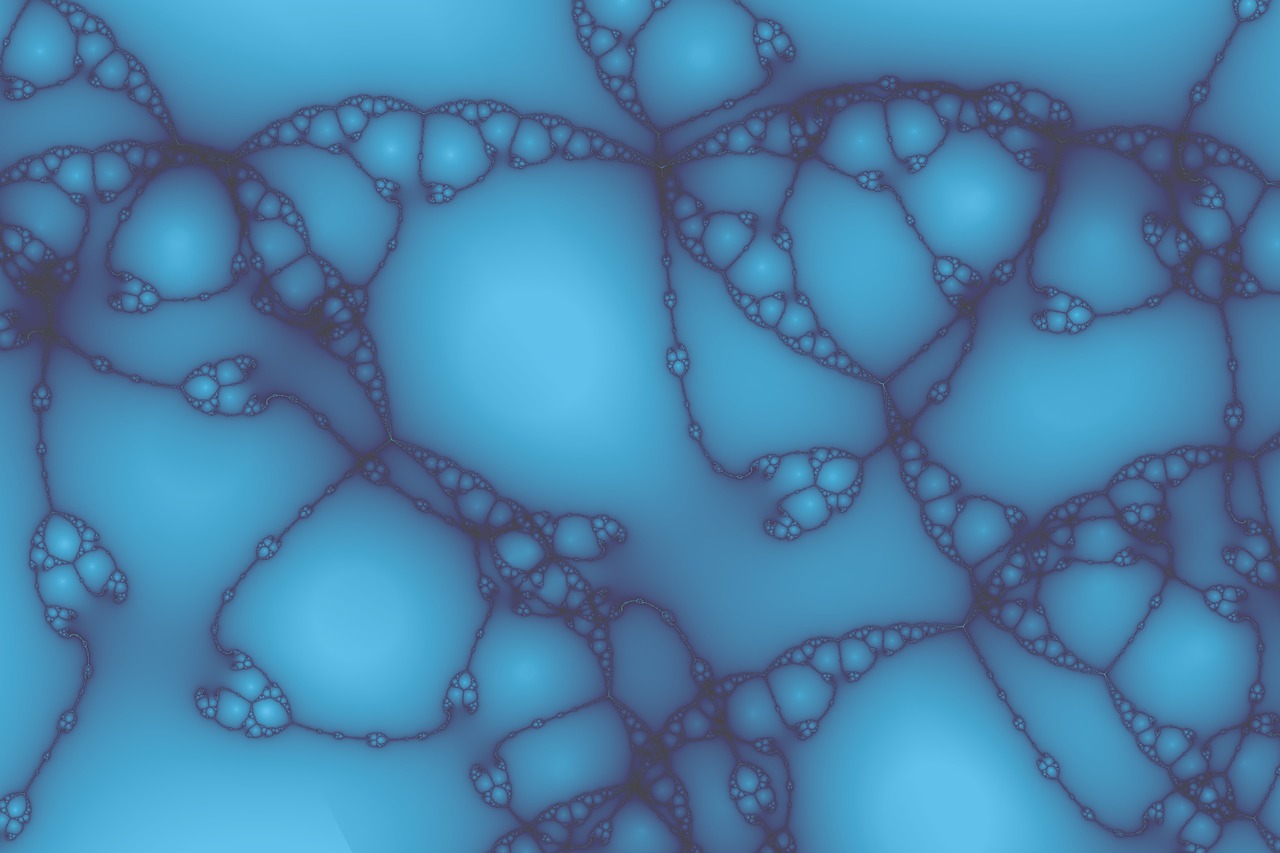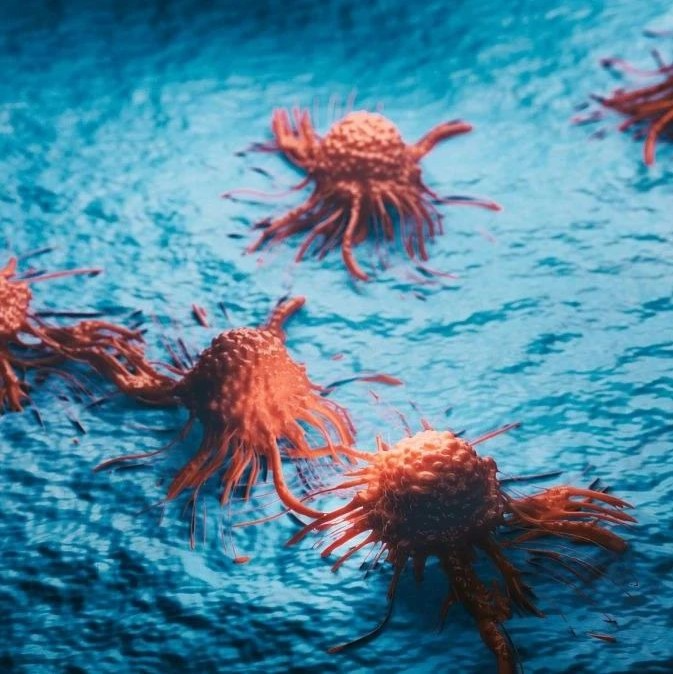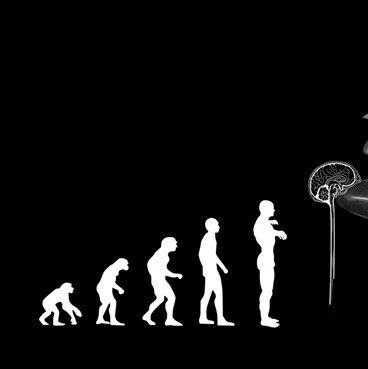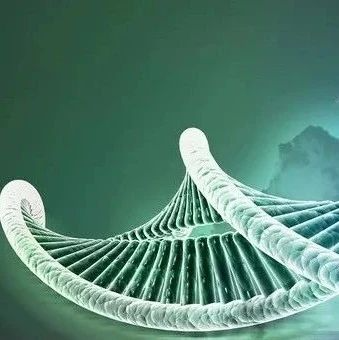美国研究人员最新发现,一种特殊的蛋白质可以有效修复严重受损的DNA(脱氧核糖核酸),这一发现有望帮助治疗因机体老化、DNA受损而导致的诸多疾病。
DNA是人类主要的遗传物质,染色体由双链DNA分子和组蛋白所组成。生命科学研究普遍认为,随着机体老化,染色体内DNA会出现不同程度损伤,这是导致人体出现癌症以及其他一些与衰老有关疾病的关键因素。与此同时,机体自身也会尽力去修复受损DNA,但背后具体的机理人们尚不清楚。
美国北卡罗来纳大学研究人员在最新一期英国《自然》杂志上发表报告说,他们研究发现,一种被称为Ku的蛋白质可以通过特殊方法有效修复一类严重的DNA损伤。
参与研究的戴尔拉姆斯登介绍说,在各种DNA损伤中,DNA双链断裂导致的整个染色体被破坏,是最难修复的一种。这类损伤发生时,构成DNA分子的基本单位――核苷酸可能受到了破坏。因此,此前科学家认为,这类DNA损伤根本无法精确修复。
而他们的最新研究却发现,Ku蛋白质可以完成这种高难度的修复工作。它首先定位DNA双链断裂处,然后能够精确地将出问题的核苷酸修复,最后再对整个染色体进行检查,“整个过程就好比在缝合伤口前首先清洗伤口并为其消毒”。
研究人员表示,他们希望在此基础上能够获得更多的有关DNA损伤修复的信息,进而能够寻找到与机体衰老相关疾病的新疗法。
英文原文原始出处及摘要:
Nature advance online publication 11 April 2010 | doi:10.1038/nature08926; Received 26 September 2008; Accepted 11 February 2010; Published online 11 April 2010
Ku is a 5′-dRP/AP lyase that excises nucleotide damage near broken ends
Steven A. Roberts1, Natasha Strande1, Martin D. Burkhalter1, Christina Strom1, Jody M. Havener1, Paul Hasty2 " Dale A. Ramsden1
Top of pageMammalian cells require non-homologous end joining (NHEJ) for the efficient repair of chromosomal DNA double-strand breaks1. A key feature of biological sources of strand breaks is associated nucleotide damage, including base loss (abasic or apurinic/apyrimidinic (AP) sites)2. At single-strand breaks, 5′-terminal abasic sites are excised by the 5′-deoxyribose-5-phosphate (5′-dRP) lyase activity of DNA polymerase β (pol β)3, 4, 5, 6: here we show, in vitro and in cells, that accurate and efficient repair by NHEJ of double-strand breaks with such damage similarly requires 5′-dRP/AP lyase activity. Classically defined NHEJ is moreover uniquely effective at coupling this end-cleaning step to joining in cells, helping to distinguish this pathway from otherwise robust alternative NHEJ pathways. The NHEJ factor Ku can be identified as an effective 5′-dRP/AP lyase. In a similar manner to other lyases7, Ku nicks DNA 3′ of an abasic site by a mechanism involving a Schiff-base covalent intermediate with the abasic site. We show by using cell extracts that Ku is essential for the efficient removal of AP sites near double-strand breaks and, consistent with this result, that joining of such breaks is specifically decreased in cells complemented with a lyase-attenuated Ku mutant. Ku had previously been presumed only to recognize ends and recruit other factors that process ends; our data support an unexpected direct role for Ku in end-processing steps as well.







